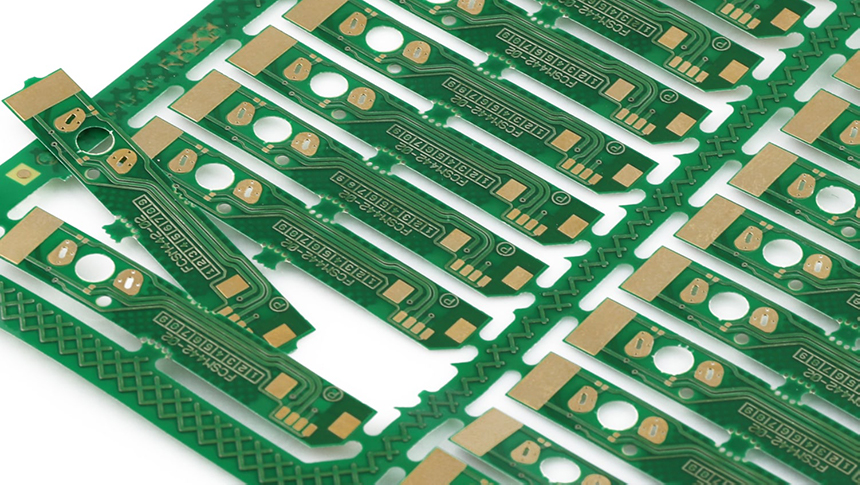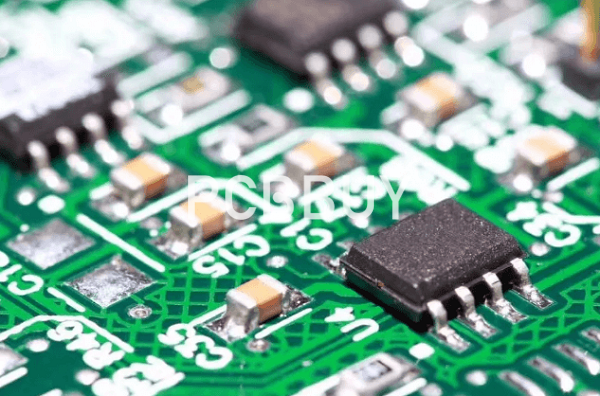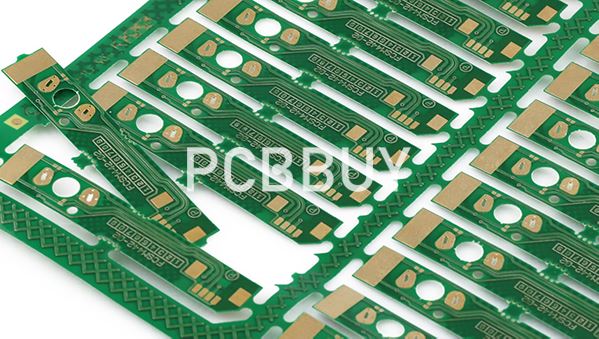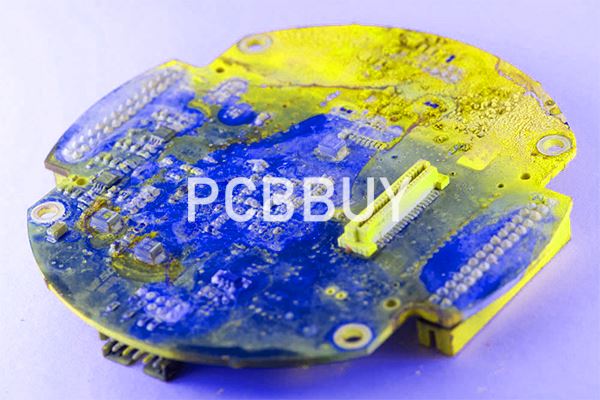What is OSP PCB Surface Finish through 3 Main Factors in Manufacturing?
By:PCBBUY 11/13/2021 09:37

OSP surface finish is a water-based organic surface finish utilized in copper pads. It bonds to copper and protects the copper pad before welding. OSP surface finish is an environmentally friendly finish, it provides a flat surface, is lead-free, and requires little maintenance, should be noted that it’s not as strong as a HASL finish and can be sensitive when handled.
Are you going to learn more information OSP PCB surface finish? If you are going to search for knowledge about OSP PCB surface finish, please check and read the content to get all the details you want of OSP PCB surface finish.

1. What are the main advantages of OSP PCB surface finish?
This process maintains the copper surface from oxidation by applying a thin protective layer of a water-based organic compound over the exposed copper usually using a conveyorized method.
· The manufacturing process is simple and reworkable
· OSP coated boards perform better in terms of solder wetting.
· Low Cost
· Good for SMT assembly
· Flat Surface
2. What is the process of OSP PCB surface finish?
The function of "Clean" is to clean off the organic contaminants such as oil, finger prints, oxidation film etc. so as to get copper foil surface stay clean and bright, which is the fundamental demand. This step plays quite a crucial role in preservatives build quality. Bad cleaning will tend to cause uneven thickness of preservatives build. In order to ensure the high quality of finished OSP film, on the one hand, concentration of cleaning solution should be controlled within a standard range through chemical laboratory analysis. On the other hand, cleaning effect is advised to be checked as often as possible and once the effect doesn't reach the standard, cleaning solution should be instantly replaced.

In the process of Topography enhancement, micro etching is usually applied to substantially eliminate the oxidation generated on copper foil so that the bonding forces can be improved between copper foil and OSP solution. The speed of micro etching directly influences the film build rate. Thus, in order to obtain smooth and even film thickness, it's critical to keep the stability of micro etching speed. Generally speaking, it's suitable to control the micro etching speed in the range from 1.0 to 1.5μm per minute.
It's best that DI rinse is utilized before preservatives build in case OSP solution will be polluted by other ions, which leads to tarnish after reflow solder. Similarly, it's best that DI rinse should be utilized after preservatives build with the PH value between 4.0 and 7.0 in case preservatives would be destroyed as a result of pollution.
3. Why to process OSP PCB surface finish?
Selecting the appropriate finish will depend on various factors, such as the finishing process, the PCB’s design and the quality of the final result. Not all finish types are appropriate for every PCB. Below are a few characteristics to keep in mind when considering the different ones:
Solderability
Avoiding soldering issues is essential to creating a PCB that will operate as intended. Smooth surfaces are necessary to ensure a connection that functions adequately within its given environment. Consider whether the surface finish can solder directly to the copper, such as in the case of immersion tin, or if it’s a layered technique, like ENIG.
Good wire bonding is also crucial, considering that different metals require unique manufacturing techniques and behave differently even in the same environments. Wires may consist of materials like aluminum, gold and copper, with each surface finish type being compatible or incompatible with these elements.

Processing Time
The processing window for a specific finish may be large or small — finishes like HASL have larger processing windows.
How much time the process takes depends on how complex the assembly is. Some surface finishes, like OSP, have limited thermal cycles and can’t withstand numerous soldering processes. After a few cycles, it will disappear, and the PCB will lose its protection against oxidation. However, an OSP surface finish for a PCB can be reworked during fabrication. The same applies to immersion silver.
Reliability
How well will the chosen surface finish stand up to its environment? If your PCB will need to meet specific reliability requirements, you will want a finish that accommodates these. Although cost is only one component of the many other elements mentioned here, you should consider how high the cost of failure will be if the PCB’s finish doesn’t work as intended and fails to protect the surface.
The IPC offers a set of standards under its TM-650 Test Methods Manual that details different ways to test PCBs for reliability and quality. These include techniques such as dimensional verification, chemical resistance, copper ductility and amount of signal loss. One test uses chemicals such as sulfuric acid and isopropanol to determine the effects these substances have on PCB dielectric materials.
Industry Category











